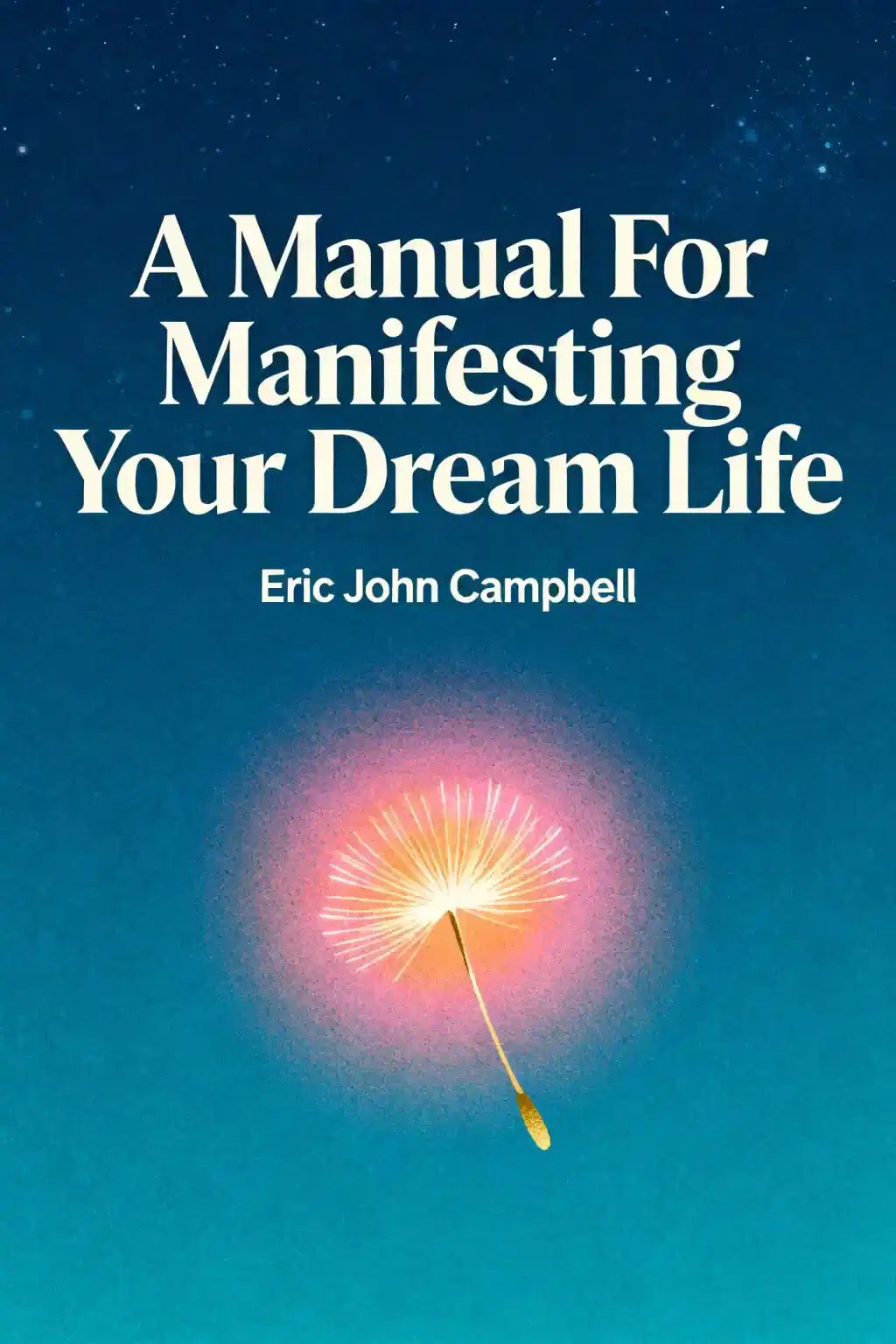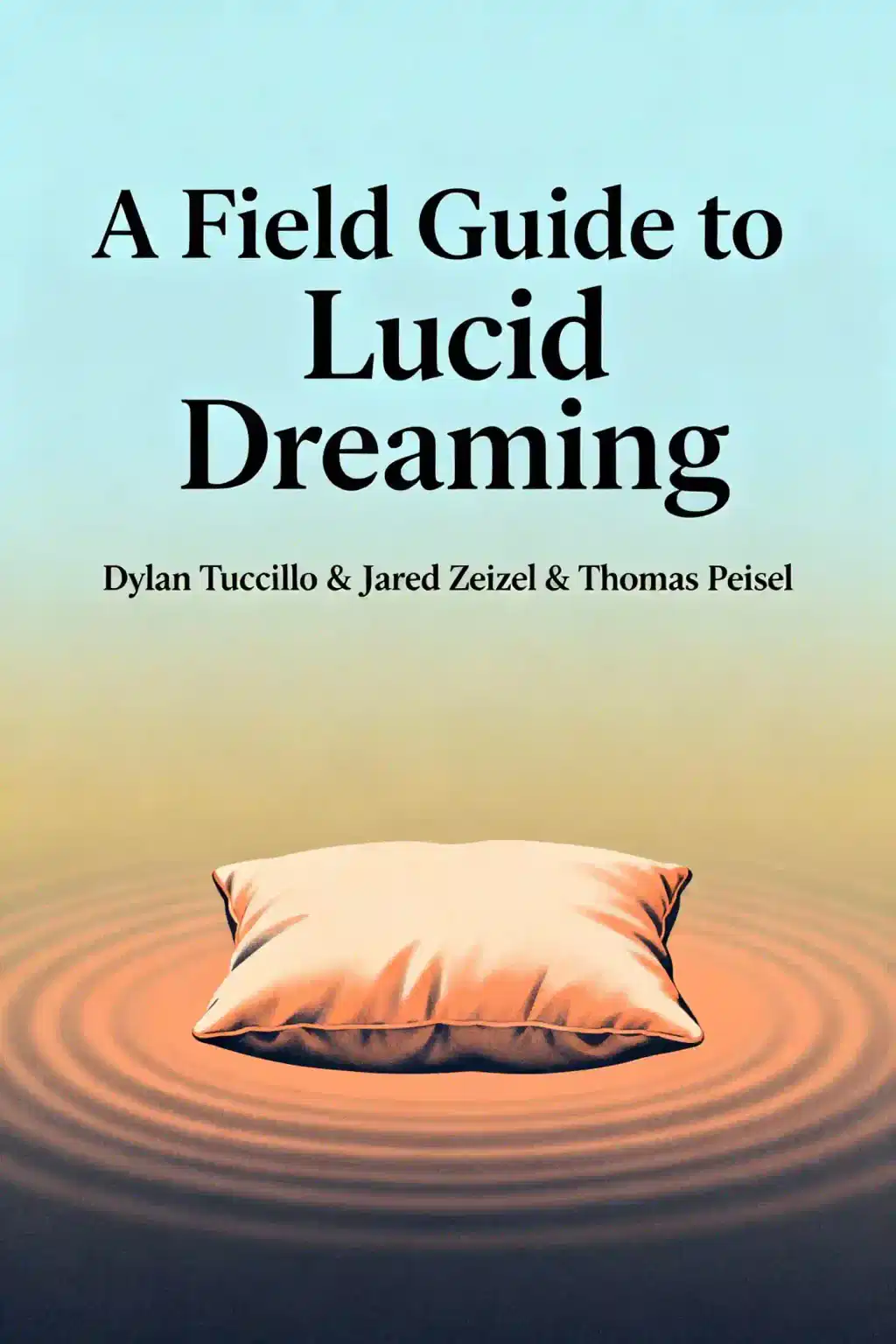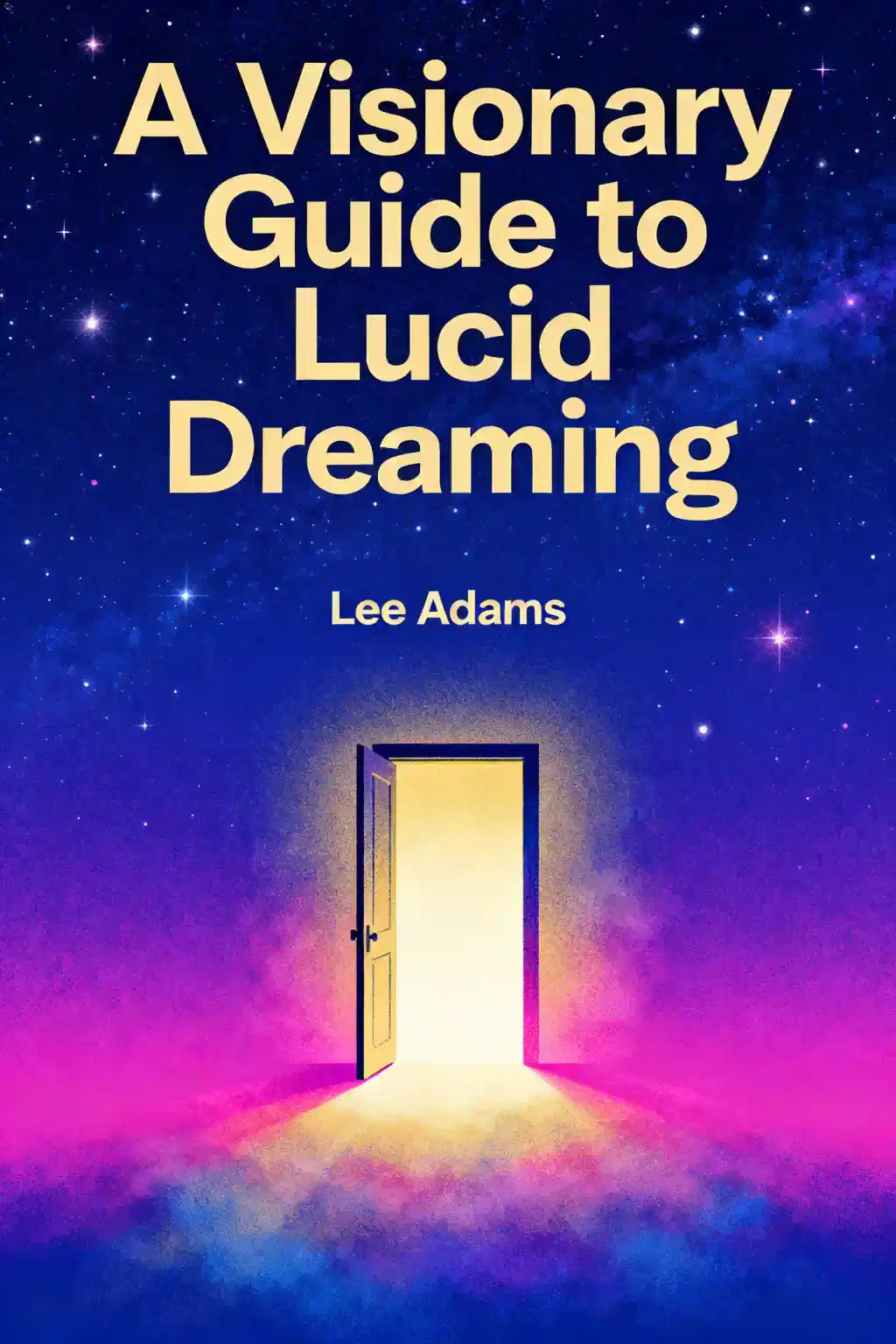What is
A Manual For Manifesting Your Dream Life by Eric John Campbell about?
The Manual For Manifesting Your Dream Life teaches readers to harness focused attention as a "superpower" to consciously create their ideal reality. It emphasizes redirecting energy toward desires rather than fears, with practical strategies like gratitude practices, releasing limiting beliefs, and aligning with universal energy to manifest goals. Key themes include overcoming fear, understanding time as an illusion, and recognizing one’s unity with the universe.
Who should read
A Manual For Manifesting Your Dream Life?
This book suits individuals seeking actionable spiritual guidance, particularly those interested in manifestation, energy work, or overcoming self-doubt. Entrepreneurs, creatives, and anyone feeling "stuck" in unfulfilling life patterns will benefit from its focus on conscious creation and practical exercises for mindset shifts.
Is
A Manual For Manifesting Your Dream Life worth reading?
With 4.5/5 average ratings across platforms, reviewers praise its concise, actionable approach to manifestation compared to lengthier spiritual guides. The 92-page format delivers quick wins for busy readers, though those seeking scientific or secular perspectives may find the metaphysical emphasis limiting.
How does
A Manual For Manifesting Your Dream Life differ from
The Secret?
Unlike The Secret’s broad focus on positive thinking, Campbell’s book dives deeper into energy redirection through specific practices like breathwork and "feeling-based manifestation". It also addresses overcoming fear and past traumas as critical steps missing in many manifestation guides.
What are the main concepts in
A Manual For Manifesting Your Dream Life?
Key frameworks include:
- Attention as Creation: "Your focused attention manifests reality"
- Fear as Guidance: Using fear to identify growth areas
- Gratitude Anchoring: Amplifying desires through appreciation
- Energy Detachment: Releasing outcomes to allow universal flow
What is the "superpower" mentioned in
A Manual For Manifesting Your Dream Life?
Campbell defines focused attention as humanity’s innate superpower – the ability to consciously direct mental/emotional energy toward desired outcomes. He argues most people misuse this power through unconscious worry, creating unintended realities.
How does
A Manual For Manifesting Your Dream Life address overcoming fear?
Chapter 2 frames fear as a teacher revealing unresolved blocks to manifestation. Techniques include reframing fear signals as "growth invitations" and using breathwork to process rather than suppress anxieties.
What are 3 iconic quotes from
A Manual For Manifesting Your Dream Life?
- "Your attention is your superpower as a human being"
- "You’ll have to let go of your old life before your new life comes in"
- "You’re the dreamer you’ve been looking for"
Can
A Manual For Manifesting Your Dream Life help with career changes?
Yes – Chapter 7 provides exercises to align career choices with "soul-driven purpose," using visualization and energy audits to transition smoothly. Readers report using its "gratitude amplification" technique to attract ideal job opportunities.
What criticisms exist about
A Manual For Manifesting Your Dream Life?
Some reviewers note the book assumes belief in metaphysical concepts without addressing skepticism. Others desire more real-world case studies, though fans argue its strength lies in concise, principle-based teachings.
How does Eric John Campbell’s background influence
A Manual For Manifesting Your Dream Life?
Campbell’s shift from global entrepreneurship to spiritual teaching informs the book’s blend of pragmatic strategy (e.g., energy audits) and mystical concepts. His TikTok presence (@ericjohncampbell) showcases bite-sized versions of the book’s exercises.
Is
A Manual For Manifesting Your Dream Life still relevant in 2025?
With AI and rapid societal changes fueling uncertainty, the book’s focus on adaptability through energy mastery resonates strongly. Updated audio versions and Campbell’s active Substack community keep concepts fresh for modern audiences.




















